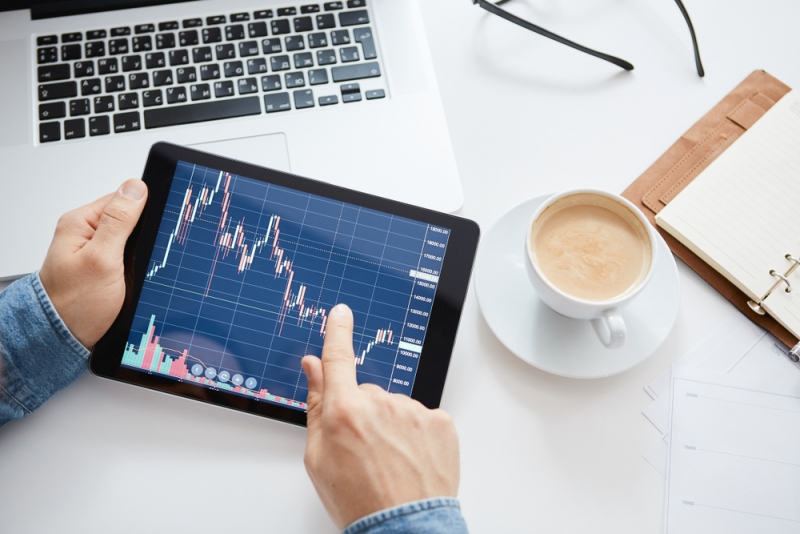In the stock market, margin trading refers to the process where individual investors purchase an additional amount of stocks than they can afford. Also known as intraday trading in India, a number of reputed stockbrokers such as Kotak Securities provide the service of margin in intraday trading.
Purchasing stock through margin in intraday trading is akin to borrowing money from a broker to carry out a trade. To avail of this purpose, you would need to request your broker to lend the finances to make the stock purchase. The margin in intraday trading refers to the loan you obtain from your brokerage. This facility allows you to buy a more considerable amount of company stock than you would be able to otherwise.

What is margin in intraday trading?
The buying and selling of securities in a single session is regarded as margin trading. In order to trade on margin, an investor must open a margin account that is different from a trading account.
A margin account can help you r4ceive the necessary capital to purchase additional quantities of desired company stock. To trade with a margin account, you must open a margin account with your broker. You will need to place a certain amount of money with your broker also known as Minimum Margin (MM). This minimum margin is useful in helping the broker recover his capital if the trader is unable to recuperate the money.
After opening a margin account, you will be required to pay a certain percentage of the total traded value, prearranged by the broker, known as Initial Margin (IM). It can help to remember a few intraday trading tips before you begin trading. These include:
- Maintain the minimum margin throughout the session. This is because, on a particularly unpredictable day, the stock price can fall more than you may anticipate. Read here to know about trigger price in trading.
For instance, if the price of stock A at Rs. 400 comes down 4.2% and the initial margin and minimum margin are at 8% and 4% respectively, of the total value of the purchased shares, the trade of 8% -4.25% will be equal to 3.75% that is lesser than the minimum margin. Under such a scenario, you will have to repay more money to your broker to maintain the margin or the broker may automatically square off the trade.
- It would help if you squared off your position at the end of every trading session. In intraday trading, you have to sell any or all shares purchased during the day through the margin. Similarly, if you have sold shares during the day, you will have to buy them at the end of the day session.
- You will need to convert your purchase into a delivery order after the trade. This means, you will need to have cash at hand to purchase the shares you had bought during the session to repay fees and additional charges to the broker.
If an investor fails to carry out any of the above steps, the broker can automatically square of the trade in the market. However, over a period, some reputed brokerages have relaxed the approach on the duration of time.
Conclusion
The purpose of margin trading can help you make a profit from the movements in intraday trading, especially if the price moves in your favour. However, you may also want to know that if the flow of price is not favourable, you are likely to make a loss.
